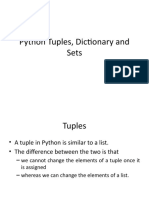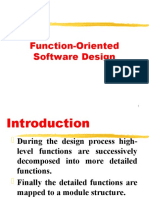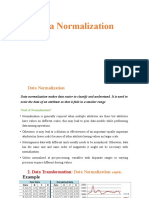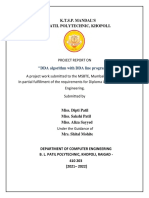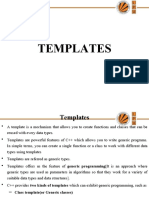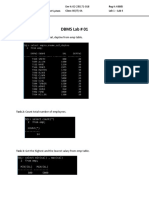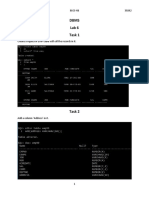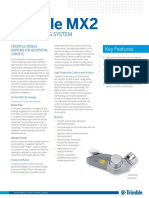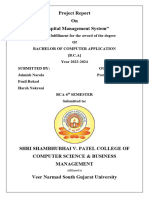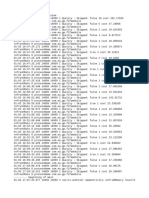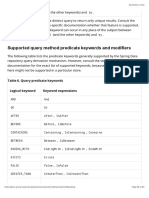0% found this document useful (0 votes)
390 views22 pagesData Structures and Algorithms: Complexity Analysis/Algorithm Analysis
This document discusses analyzing the time complexity of algorithms. It defines an algorithm and explains that time complexity is used to compare how fast an algorithm's running time grows relative to its input size. The document presents examples analyzing the time complexity of different approaches to delivering packages to houses. It introduces Big O notation for classifying algorithms based on the rate of growth of their running time. The key aspects covered are defining the problem, developing algorithms, calculating running times, classifying growth rates using asymptotic notation like Big O, and comparing algorithms based on time complexity.
Uploaded by
Muhammad AmmarCopyright
© © All Rights Reserved
We take content rights seriously. If you suspect this is your content, claim it here.
Available Formats
Download as PPT, PDF, TXT or read online on Scribd
0% found this document useful (0 votes)
390 views22 pagesData Structures and Algorithms: Complexity Analysis/Algorithm Analysis
This document discusses analyzing the time complexity of algorithms. It defines an algorithm and explains that time complexity is used to compare how fast an algorithm's running time grows relative to its input size. The document presents examples analyzing the time complexity of different approaches to delivering packages to houses. It introduces Big O notation for classifying algorithms based on the rate of growth of their running time. The key aspects covered are defining the problem, developing algorithms, calculating running times, classifying growth rates using asymptotic notation like Big O, and comparing algorithms based on time complexity.
Uploaded by
Muhammad AmmarCopyright
© © All Rights Reserved
We take content rights seriously. If you suspect this is your content, claim it here.
Available Formats
Download as PPT, PDF, TXT or read online on Scribd
/ 22




